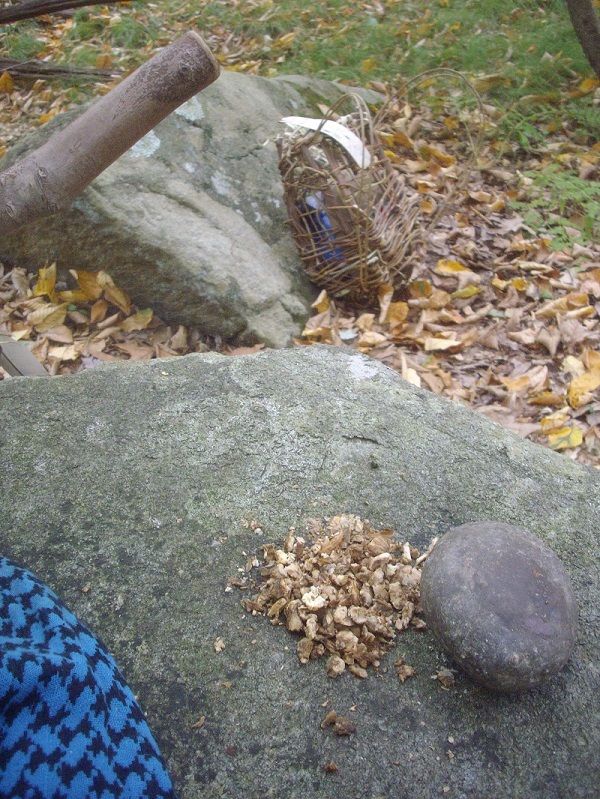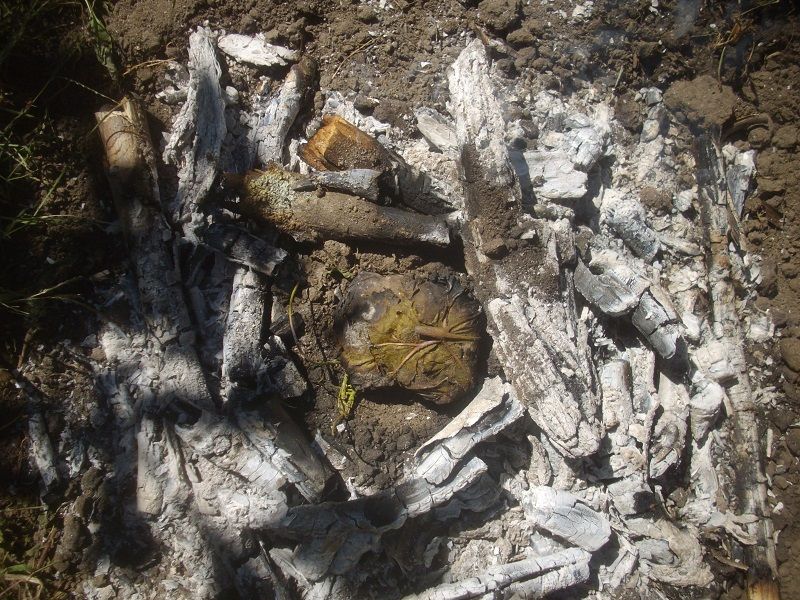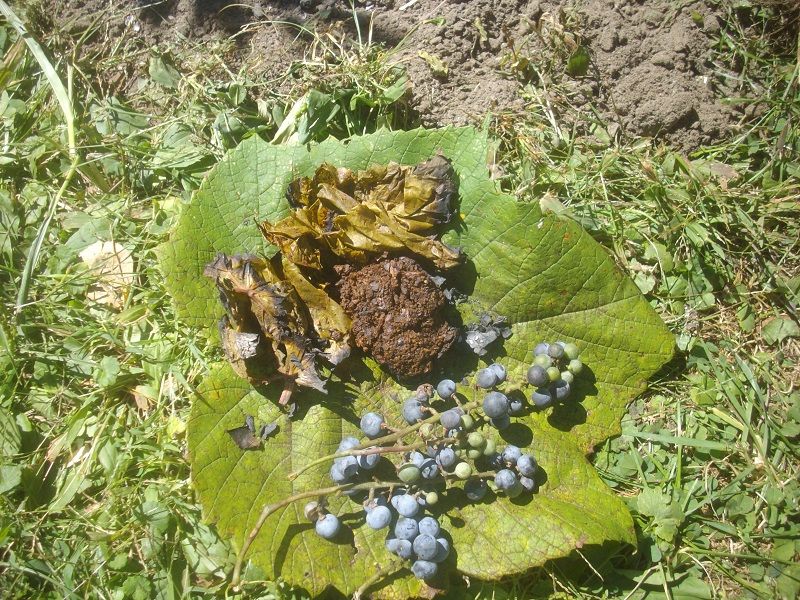Since visiting my friend (farmer and forager) in New Hampshire last year, who has himself experimented with many different methods of processing wild plants, I've been itching to try my luck with acorns. I missed my opportunity last year by a couple weeks, but now I've gotten my chance.
I may need to refine my hand drill technique...I'm definitely on the right track, but any advice from you guys would be appreciated.
https://newenglandbushcraft.wordpres...rill-practice/





 Reply With Quote
Reply With Quote








